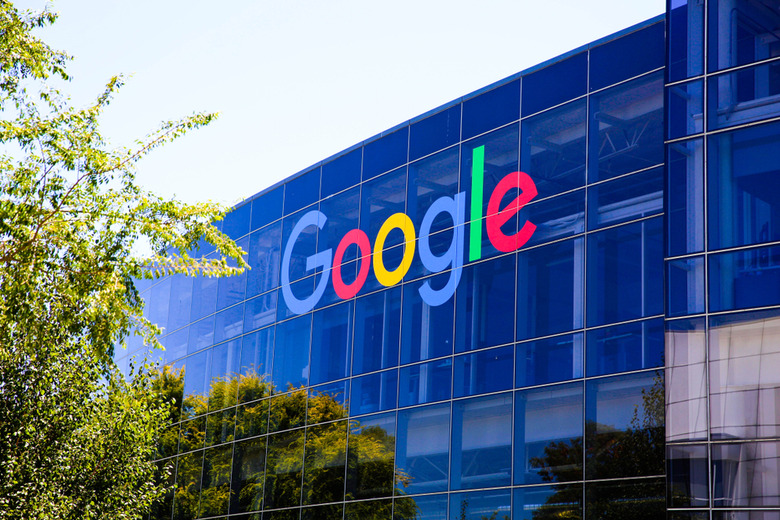The Waze Features You've Always Wanted In Google Maps Are Finally Coming To Android And iPhone
Late last week we learned that two of Waze's best features had been spotted inside test versions of Google Maps, including the speed limit indicators, but also speed trap and camera notifications you've wanted in Google Maps for years. A new report now says those features are currently rolling out to the Android and iPhone versions of Google's wildly popular Maps app in several markets.
Users last week discovered a speed limit icon on the navigation screen in Google Maps that wasn't there before. Speed limit is one of the main features of other mobile navigation apps, and Waze also supports it. But it's a trick Google Maps never got, until now, that is.

Moreover, the speed trap warning feature is also familiar to Waze users, and it's now finally coming to Google Maps. That's hardly a surprise considering that Google owns Waze, and the company wants to bring some its cool incident reports over to Google Maps. The speed camera feature will show you all the known speed cameras along your route, and it will deliver an audible notification when you're approaching one.
Since the first reports came in detailing the two features, Mashable confirmed that Google Maps is indeed getting speed limits and speed camera notifications. However, they'll only roll out to certain markets initially. Users in the UK, US, Australia, Russia, Brazil, Mexico, Canada, India, and Indonesia will get access to speed camera notifications, while speed limits will be available only in the US, UK, and Denmark.
It's likely that Android users will be the first to get the new features, but iPhone users shouldn't be too far behind. Google conducts its Google Maps testing on Android, which explains all the leaks we see about upcoming features. But once these features are finalized, they make it over to iPhone eventually, since Google is looking to offer users the same overall experience regardless of operating system.
